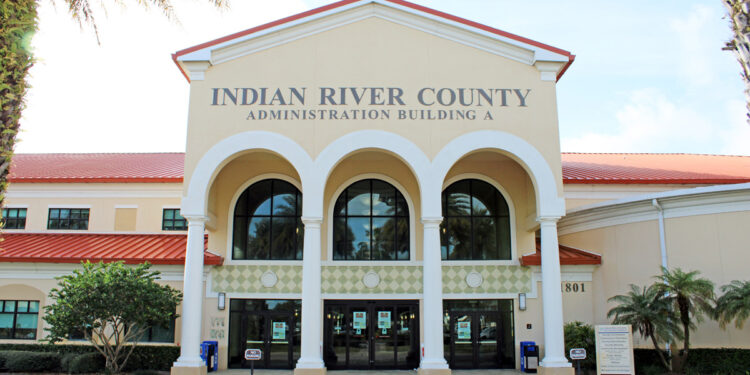A new Florida law requires property owners with traditional septic systems to transition to a sewer system or an enhanced nutrient-reducing septic tank by July 1, 2030. As a result, the state mandate requires everyone living in Indian River County (both city and county) to make this change.
Sebastian Daily reported from the joint Sebastian City Council and County Commission meeting held on Sept. 21, where this issue was discussed at length.
This law presents dual challenges for local officials. Firstly, the county must extend sewer utilities, meaning they must upscale their facilities to accommodate a surge of new consumers in Sebastian. Secondly, the financial hurdle is transitioning residents or acquiring the enhanced septic tanks.
Sean Lieske, the Utilities Director for Indian River County, projects that the switch could cost individual homeowners anywhere from $5,000 to $23,000. The County Commissioners and the Sebastian City Council are concerned about the cost to residents.
On Tuesday, Mayor Fred Jones told Sebastian Daily that the city, in collaboration with the county, plans to explore state grants to alleviate some of the financial strain on residents. Notably, around 12,000 septic tanks exist within the city limits.
Vice Mayor Chris Nunn also told Sebastian Daily, “Despite the timing, this move is beneficial for our environment and the Indian River Lagoon. It’s a significant matter, and we will continue discussions. I look forward to our joint discussions with the county as the owner of the utility.”
There is currently a local Sebastian ordinance forbidding septic tanks in new home subdivisions. But the new legislation creates the Indian River Lagoon Protection Program (section 373.469, F.S.). It requires that by July 1, 2030, any commercial or residential property with an existing OSTDS located within the three BMAP areas (Banana River Lagoon, Central Indian River Lagoon, North Indian River Lagoon) and the Mosquito Lagoon RAP to connect to central sewer if available or upgrade to ENR-OSTDS or other wastewater treatment system that achieves at least 65 percent nitrogen reduction. Starting January 1, 2024, ENR-OSTDS are required for new systems on all lot sizes when sewer is not available in these three BMAP areas and the Mosquito Lagoon RAP area.
Historically, Sebastian has taken proactive measures to safeguard the Indian River Lagoon. For instance, when Sebastian’s new Public Works Facility was constructed on Roseland Road, the county facilitated its sewer connection. Then, it expanded the available hookup to area homes along the St. Sebastian River.
In 2020, Sebastian allocated almost $200,000 towards a septic-to-sewer grant for residents in the Sebastian Community Redevelopment Agency (CRA) District. These funds assisted homeowners and businesses in the district transition from their operational septic tanks to the Indian River County’s sanitary sewer system. A large portion of the CRA borders the Indian River Lagoon.


